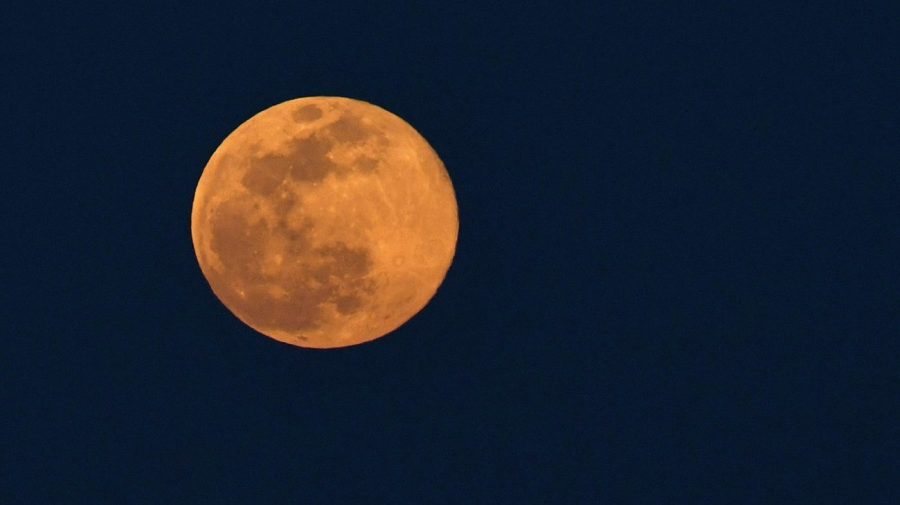SAN DIEGO (KSWB/KUSI) — April’s full moon, known as the ‘Pink Moon,’ will be lighting up the spring night sky this week alongside several of our closest planets and the April Lyrids meteor shower.
Following the April 8 total solar eclipse, the moon is once again the star of the show as it peaks this week.
The April full moon peaks Tuesday, April 23, at 7:49 p.m. EDT. The moon, dubbed the Pink Moon, will appear full for about three days, from Monday morning (which is Earth Day) to Thursday morning.
A ‘new star’ could appear in the sky this summer: What to know
The Pink Moon is named after the herb moss pink, a plant native to the eastern U.S. and one of the earliest widespread flowers of spring, according to NASA. Other names for this moon include the Sprouting Grass Moon, Egg Moon, Fish Moon, the Pesach or Passover Moon, the Hanuman Jayanti Festival Moon, and Bak Poya.
Planets visible alongside April’s full moon
On Tuesday evening, while the moon is at its fullest, Jupiter will be visible just above the west-northwestern horizon, and will remain visible to the naked eye through April 29, NASA says.
Death Valley’s temporary lake was measured by a NASA satellite. Here’s how big it got
Tuesday morning, Mars and Saturn will be visible just above the eastern horizon. Shortly after twilight begins, Mercury will appear — it will, however, be faint, NASA explains.
Lyrids meteor shower
Since the moon will be full and bright this week, it is expected to outshine the annual Lyrids meteor shower, which peaks April 21-22.
Because of the light from the full moon, only a few of the brightest shooting stars will be visible per hour this year, NASA says.
NASA streams first-ever high-definition video from deep space
Usually, the Lyrids produce fast and bright meteors, with roughly 10 to 20 visible every hour. At best, the Lyrids can shine with up to 100 meteors per hour. NASA doesn’t expect this year’s shower to be as strong.
Those looking upward can expect dawn to be the best viewing time to catch the meteor shower when the moon is at its lowest.
The Lyrids meteor shower is one of the oldest known meteor showers, having been observed for 2,700 years.
Astronaut and USD graduate to lead Crew-8 on 6-month ISS mission
NASA says meteors come from leftover comet particles and bits from broken asteroids. The pieces of space debris that interact with our atmosphere that create the Lyrids originate from comet C/1861 G1 Thatcher, discovered in 1861.
The next full moon will peak on Thursday, May 23.
